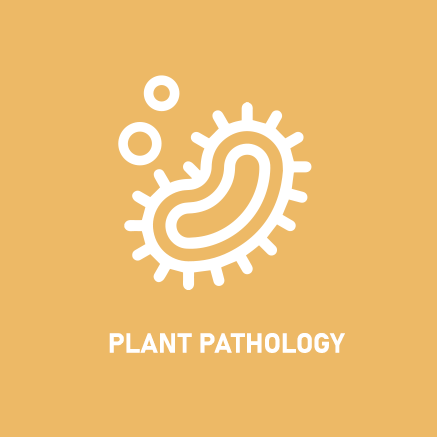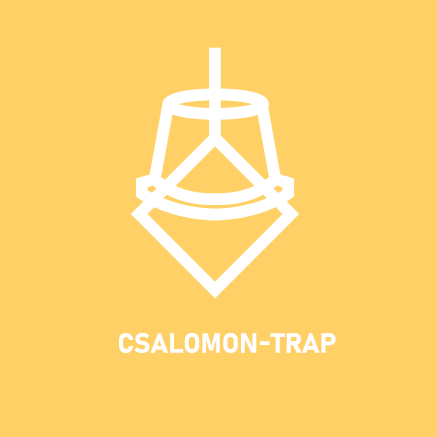Department of Zoology
DEPARTMENT OF ZOOLOGY

The main task of the department is to carry out research for the development of new plant protection methods against pest insects, competitive and safe food-production, sustainable development of agricultural areas and also for solving plant protection problems in urban areas. The main research activities include development of integrated pest management methods, eco-faunistic studies in landscape, road and urban ecology and revealing info-chemicals controlling insects behaviour. Special attention is paid to the spread of alien, invasive and/or quarantine arthropod pests, the role of natural enemies of these pests, the study of disease vectors, taxonomy of selected groups of arthropods using traditional and molecular methods, identification of pheromones and kairomones mediating mating as well as host finding of pests, followed by deeper insight in their mode of action. The study of hormonal (neuropeptide) regulation of biosynthesis of sex pheromones is a new approach to suppress reproduction of pests.
SAFF
RESEARCH
PUBLICATIONS
Selected publications:
Beleznai O, Tholt G, Tóth Z, Horváth V, Marczali Z, Samu F (2015) Cool headed individuals are better survivors: Non-consumptive and consumptive effects of a generalist predator on a sap feeding insect. PLoS ONE 10:e0135954. doi:10.1371/journal.pone.0135954
Bozsik G, Tröger A, Francke W, Szőcs G (2016) Thuja occidentalis: identification of volatiles and electroantennographic response by the invasive cedar bark beetle, Phloeosinus aubei. J Appl Entomol in press. DOI: 10.1111/jen.12272
Dunlop J, Kontschán J, Walter DE, Perrichot F (2014) An ant-associated mesostigmatid mite in Baltic amber. Biol Lett 10:(20140531) 4.
Kárpáti Z, Tasin M, Cardé RT, Dekker T (2013) Early quality assessment lessens pheromone specificity in a moth. P Natl Acad Sci USA 110: 7377-7382. DOI 10.1073/pnas.1216145110
Kontschán J, Stary J (2015) First record of the genus Bloszykiella in Kenya with the description of Bloszykiella tertia sp. n. (Acari: Uropodidae) from a Pinus radiata D. Don plantation. Afr Invertebr 56(3): 629-635.
Kontschán J, Mazza G, Nannelli R, Roversi PF (2014) The true identity of the red palm weevil associated Uropodina mite, Centrouropoda almerodai Hiramatsu & Hirschmann, 1992. Redia 47:83-88.
Kuebler LS, Schubert M, Kárpáti Z, Hansson BS, Olsson SB (2012) Antennal Lobe Processing Correlates to Moth Olfactory Behavior. J Neurisci 32: 5772-5782 DOI 10.1523/JNEUROSCI.6225-11.2012
Molnár B, Kárpáti Z, Szőcs G, Hall DR (2009) Identification of female-produced sex pheromone of the honey locust gall midge, Dasineura gleditchiae. J Chem Ecol 35: 706-714. DOI 10.1007/s10886-009-9641-5
Samu F, Szabóky C, Horváth A, Neidert D, Tóth M (2016) Traits in Lepidoptera assemblages are differently influenced by local and landscape scale factors in farmland habitat islands. Comm Ecol 17: 28-39.
Tholt G, Samu F, Kiss B (2015) Feeding behaviour of a virus-vector leafhopper on host and non-host plants characterised by electrical penetration graphs. Entomol exp appl 155:123-136. doi:10.1111/eea.12290











